Comprehensive Solutions: Convergence and Sequences in Math Chap 3
VerifiedAdded on 2023/06/04
|9
|941
|131
Homework Assignment
AI Summary
This document presents detailed solutions to exercises from Chapter 3 of a mathematics textbook, focusing on the concepts of convergence and divergence of sequences and series. The solutions cover problems related to determining the convergence of sequences using definitions and theorems, finding upper and lower limits of sequences, and applying convergence tests such as the comparison test, integral test, and ratio test to determine the convergence or divergence of infinite series. Additionally, the document includes solutions for finding the radius of convergence and interval of convergence for power series. The exercises also address the properties of Cauchy sequences and their relationship to convergent sequences, providing a comprehensive overview of key concepts in real analysis. Desklib offers a wide range of solved assignments and past papers for students.
1 out of 9
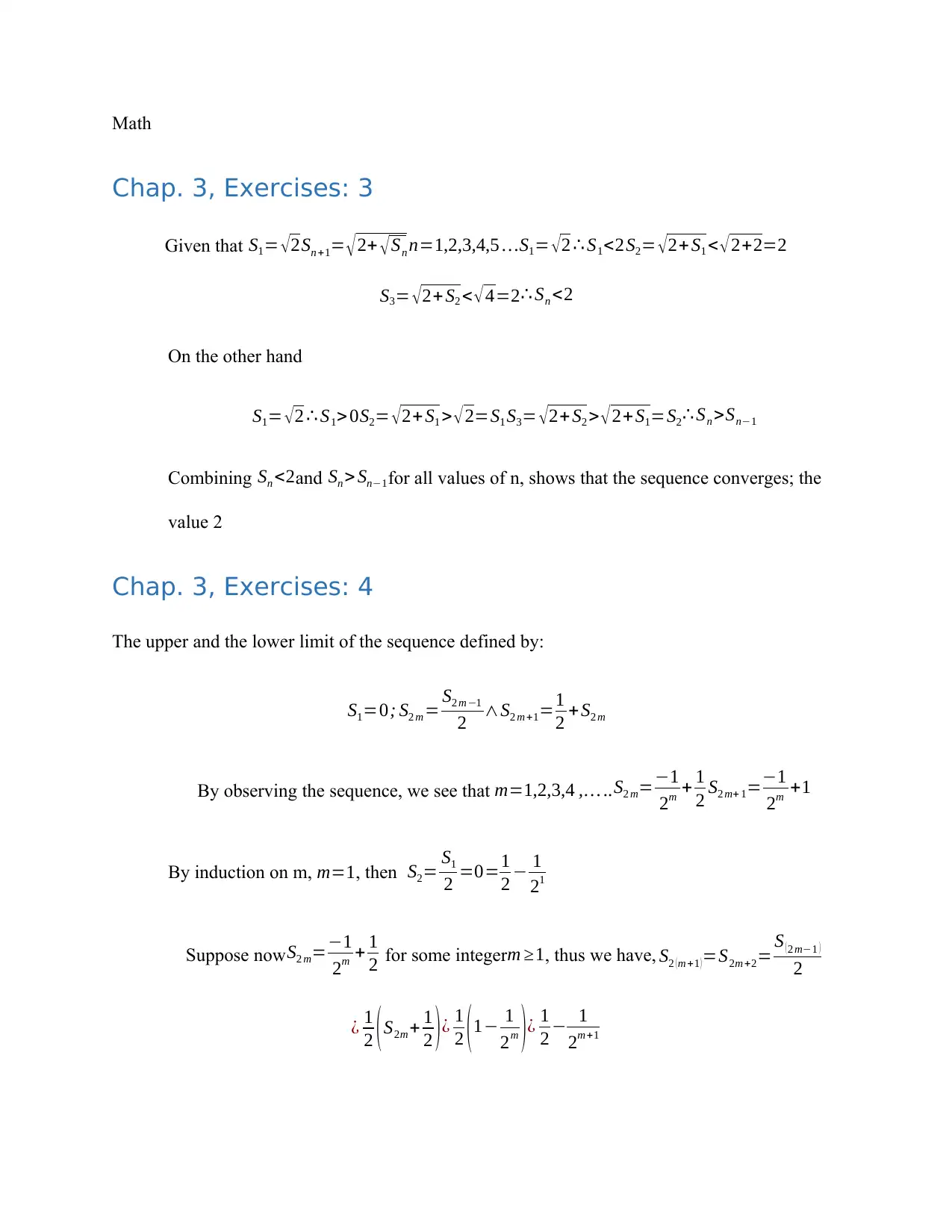
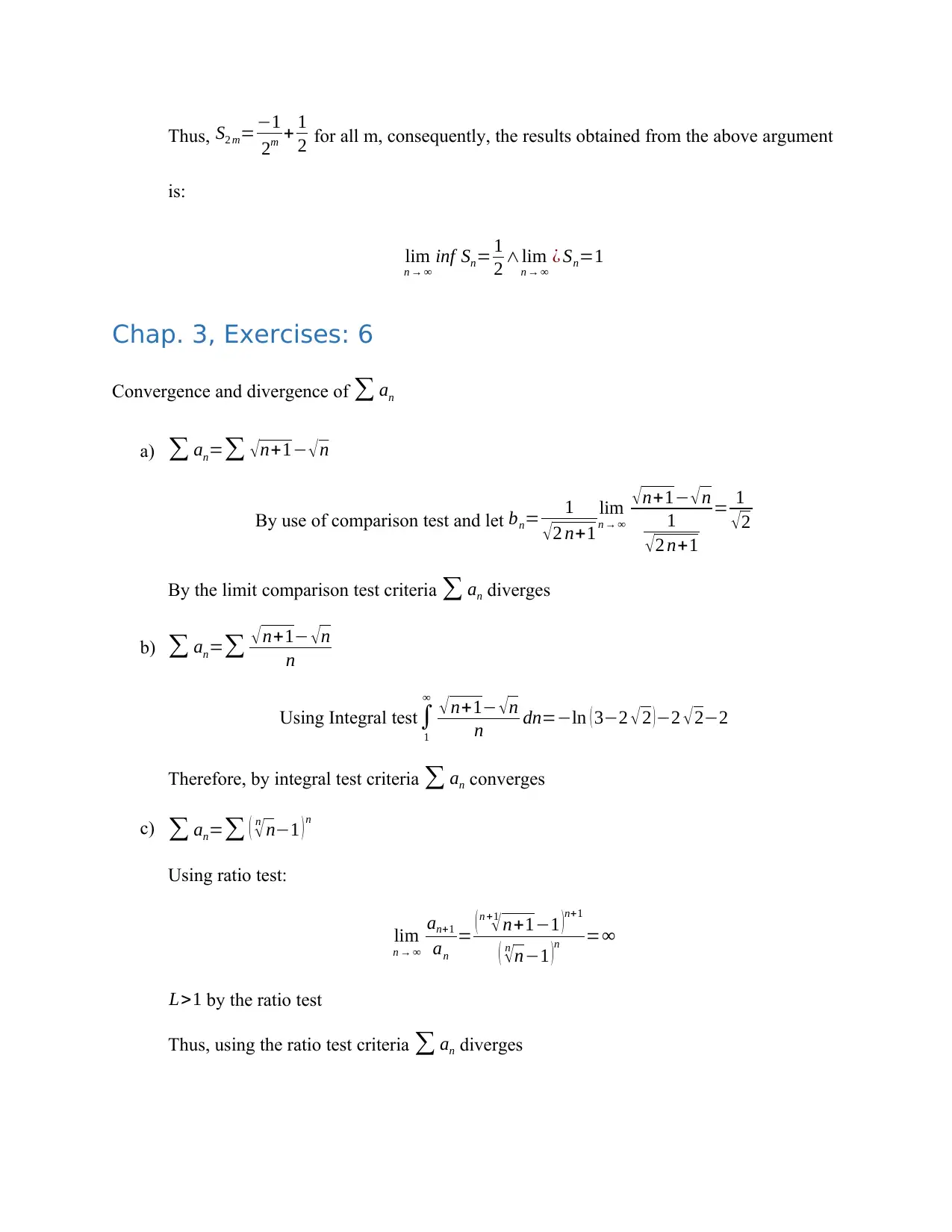
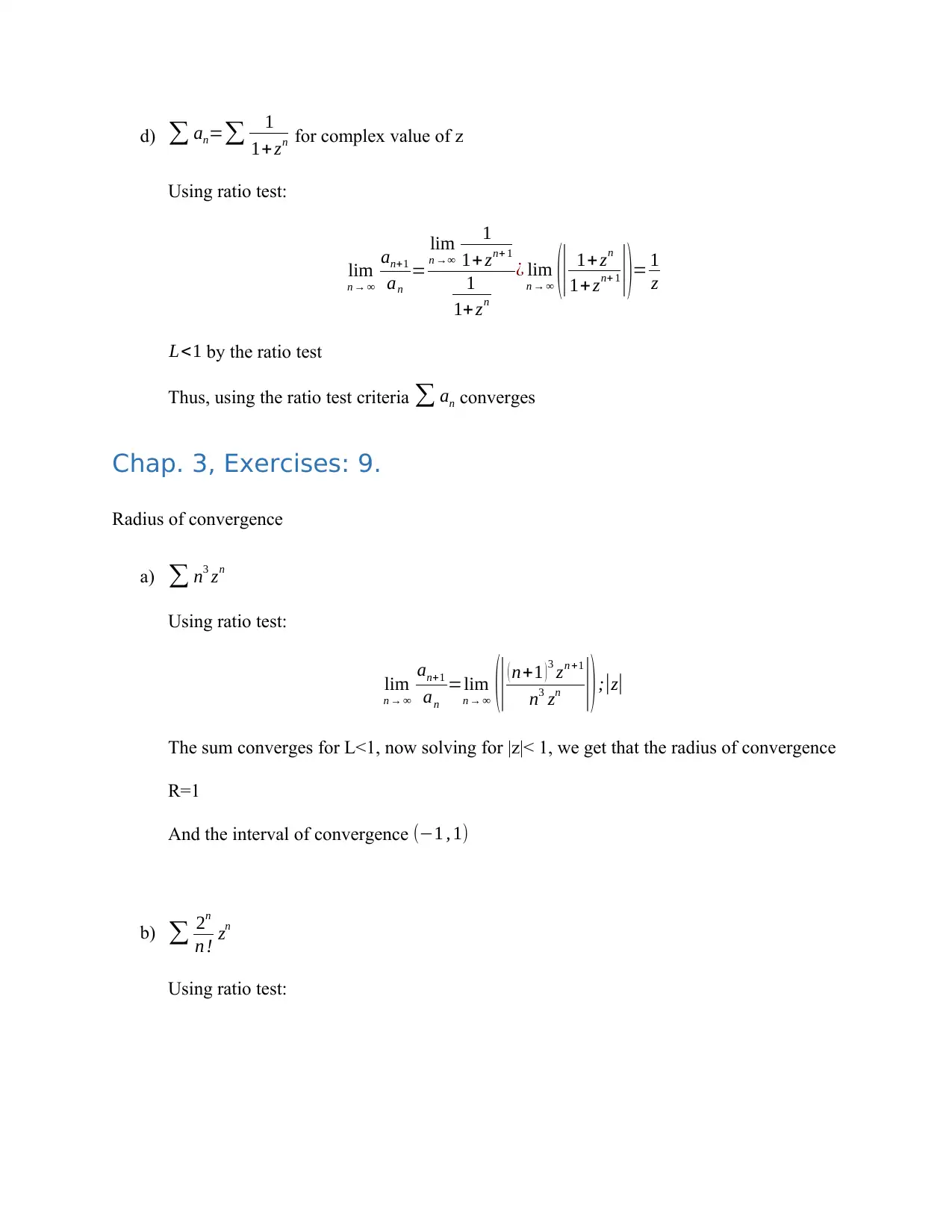

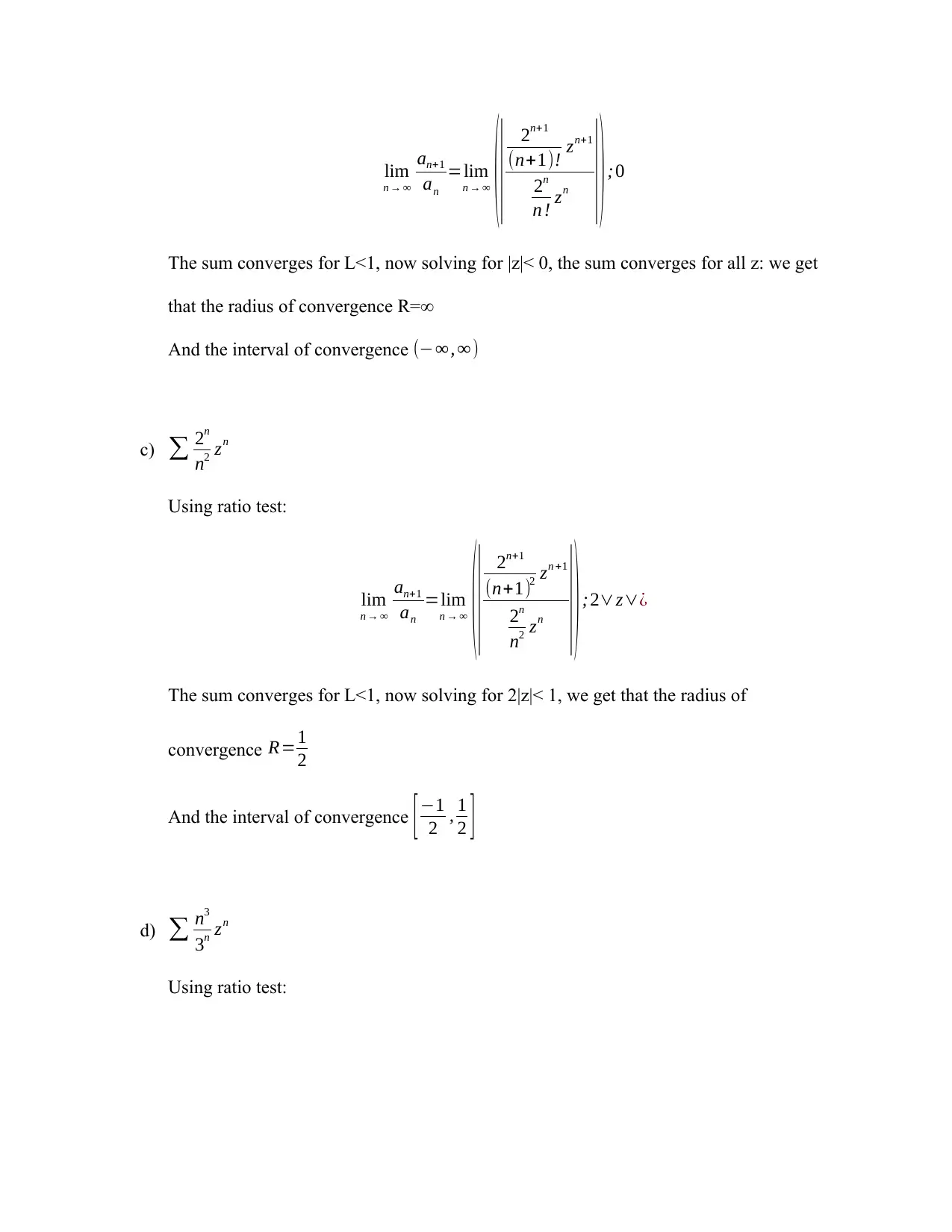
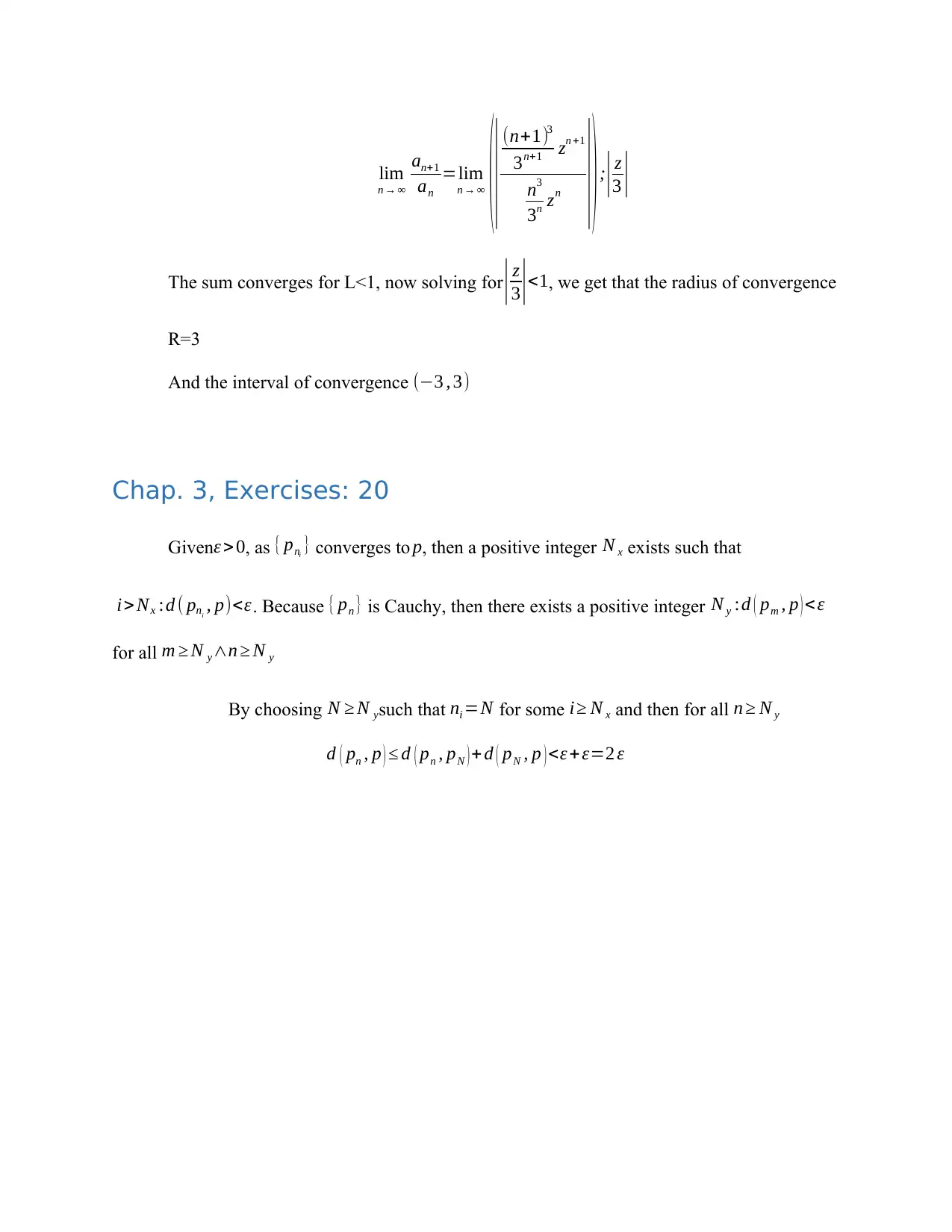
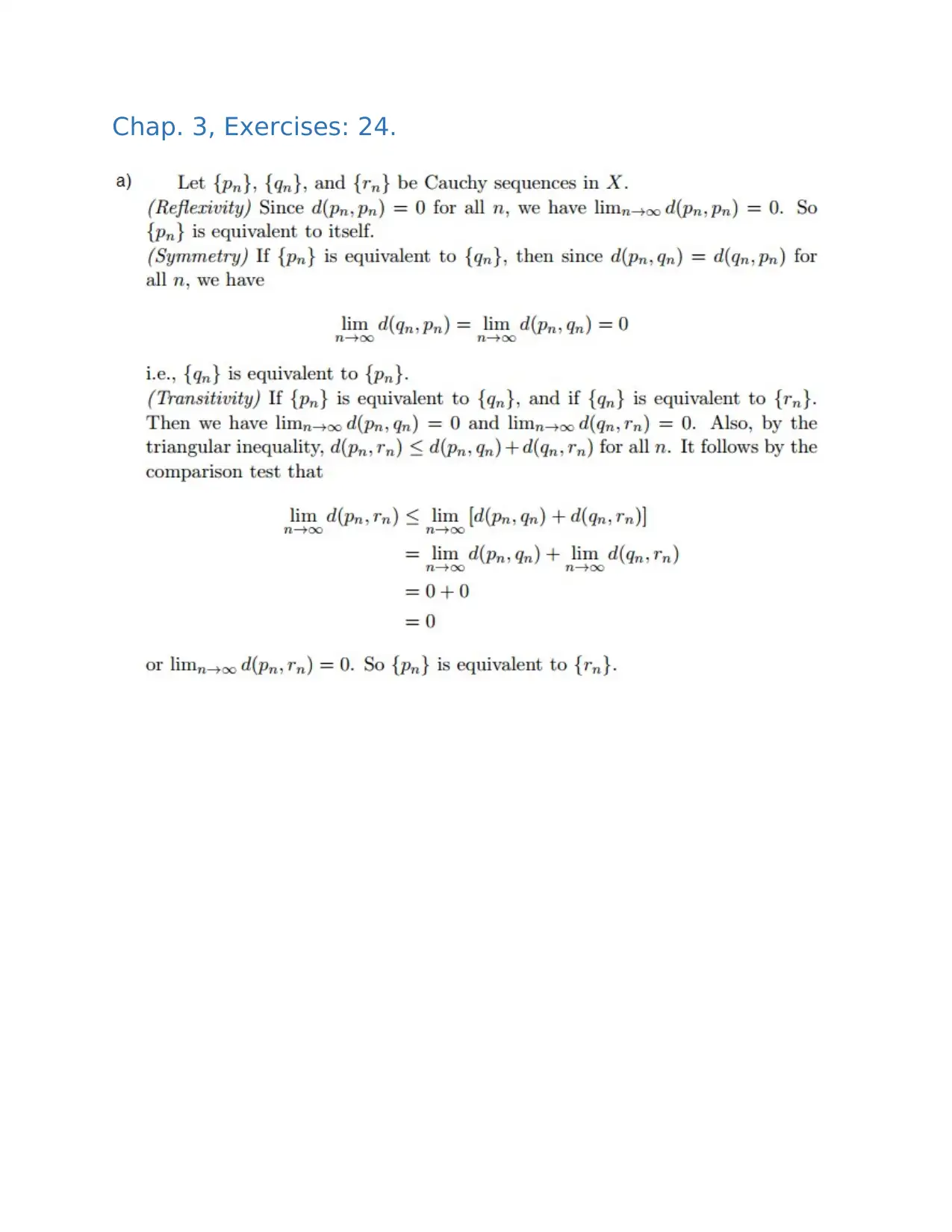
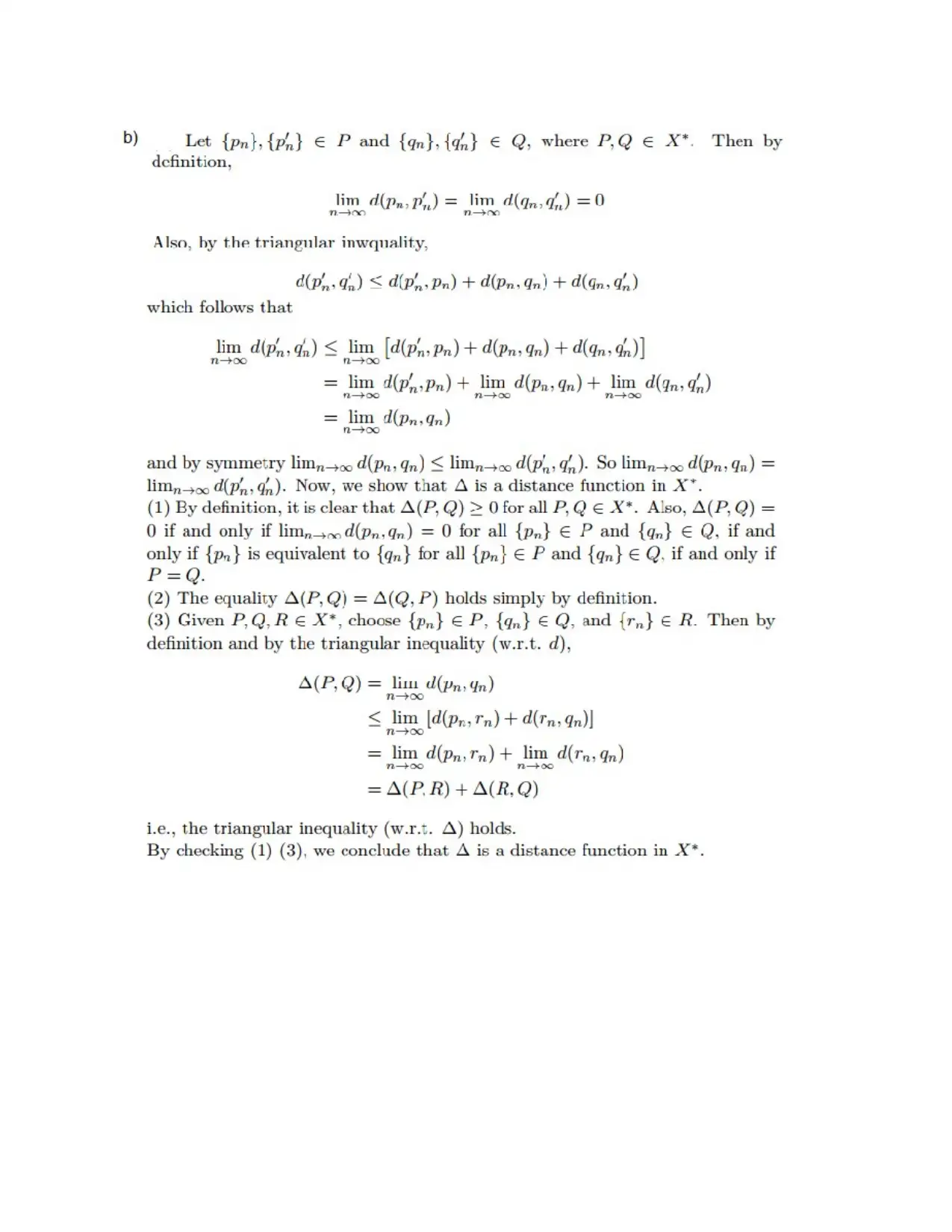
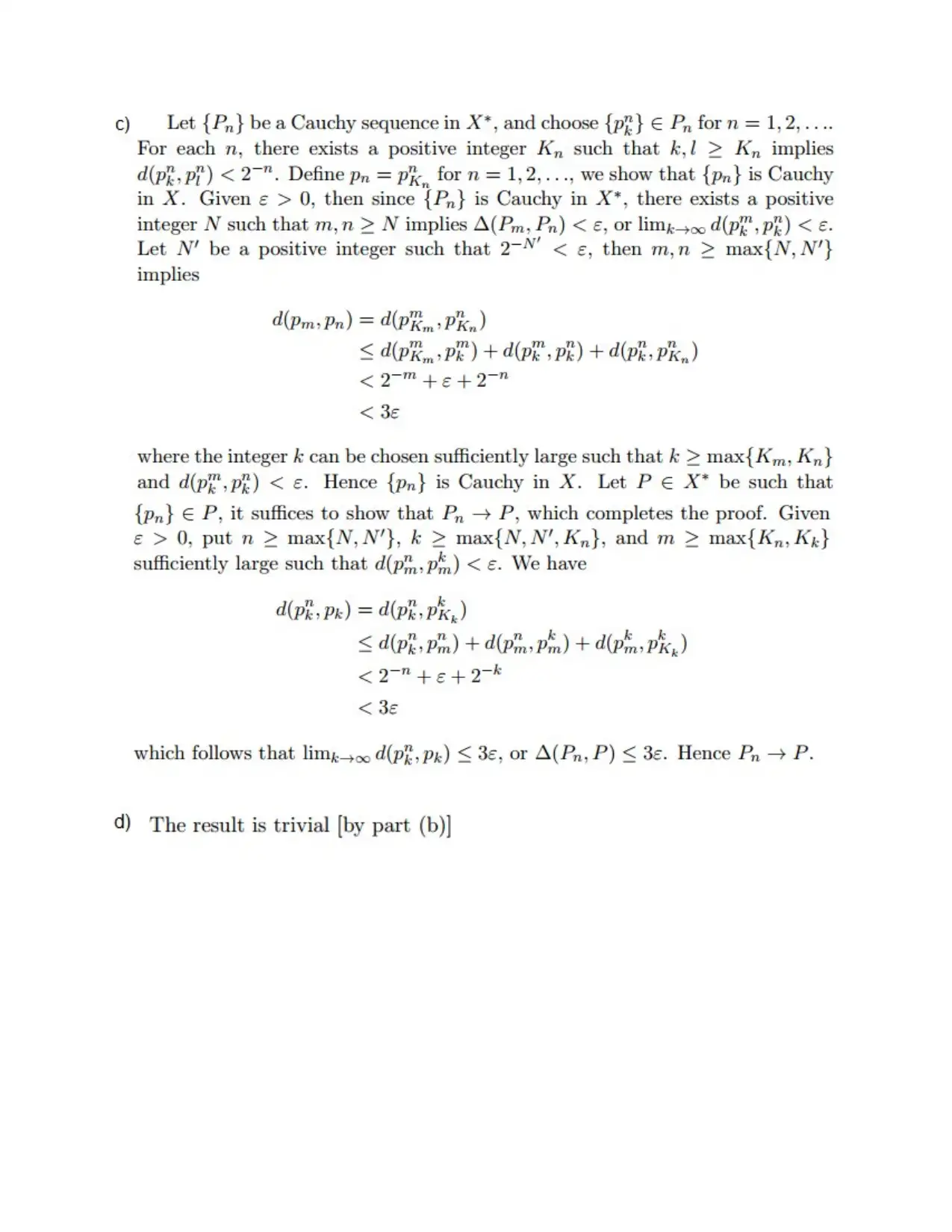
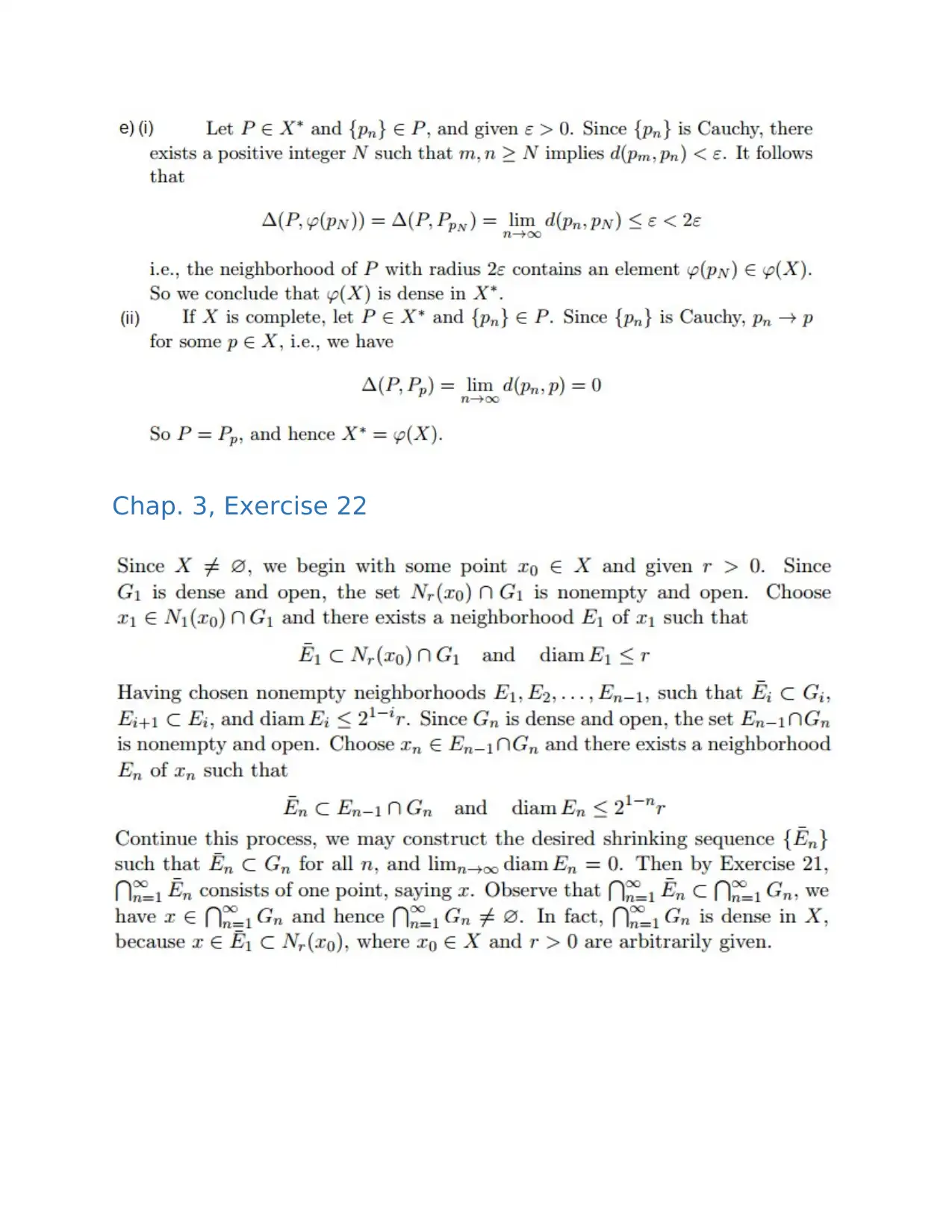





![[object Object]](/_next/static/media/star-bottom.7253800d.svg)